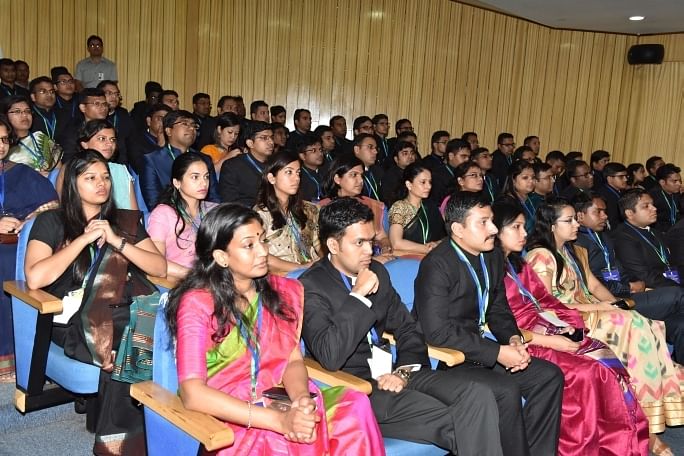Modi government has so far received just about 4,000 applications, had expected far greater interest
New Delhi: The Narendra Modi government has received just about 4,000 applications for its scheme proposing lateral entry to 10 joint secretary posts. But that isn’t the only problem with this ambitious plan.
A far more troubling proposition is the quality of these applications, top government sources in the know told ThePrint.
The applications, they said, barely match the standards expected of a candidate required to occupy senior bureaucracy positions in the Government of India.
They said that while individual applications are yet to be scrutinised, the government has not received enough applications from candidates of eminence — those who are well-known experts in their respective fields.
“It’s not that those who have filed applications are lacking in experience or qualification but it’s about people of eminence or domain experts,” an official said, adding that the Centre is hopeful that it would receive better applications before the deadline of Tuesday, 31 July.
As ThePrint had reported, some of those who have served in the upper echelons of the bureaucracy, without being from the services, include former prime minister Manmohan Singh, economist Montek Singh Ahluwalia, academic and economist Vijay Kelkar and geneticist M.S. Swaminathan among others.
Low numbers go against expectations
The low numbers are contrary to the initial perception that the scheme would get an overwhelming response from the pool of quality private sector talent that India has at present.
A senior official who spoke on the condition of anonymity said the Centre had expected at least 1 lakh applications, including from quality and experienced professionals, for the 10 posts advertised, considering the reputation and veneration of top bureaucratic jobs in the country.
“Some people have uploaded the documents to avoid the last-minute rush but are yet to upload the applications. It is expected that the ministry will attract anywhere between 5,000 and 7,000 applications in the next four days,” said the senior official who spoke to ThePrint Friday.
“Hopefully, some interesting applications may come along as well,” the official added. Yet, it is doubtful that the figure will cross even the 10,000 mark by Tuesday.
When the Department of Personnel and Training (DoPT) first invited applications from private sector specialists for the 10 posts, two months ago, the move had divided opinion, with many supporting it, while others criticising it on the grounds that it would increase the scope for political appointments.
Though the idea of securing the services of the private sector talent through lateral entry wasn’t new, it was for the first time that a government had actually advertised select positions for the purpose.
The minister of state in the Prime Minister’s Office, Jitendra Singh, Wednesday told Parliament that the decision to fill up the posts through lateral entry was aimed at bringing in fresh ideas to governance.
‘Fears of posts being fixed, uncertainty over tenure behind low numbers’
Experts say that a combination of a fear that the government may have already zeroed in on the candidates and uncertainty over tenure may have contributed to the poor response for the scheme.
A senior bureaucrat from the IAS said that perhaps there was a prevailing perception among private sector professionals that the “match has been fixed”, at least for some of the positions.
Talking to ThePrint, a senior bureaucrat from the IAS said that perhaps there was a prevailing perception among private sector professionals that the “match has been fixed”, at least for some of the positions.
“This was fuelled by the fact that the scheme was not advertised well. No senior government functionary had spoken publicly about the scheme after the advertisement that could have created some perception among the applicants about pre-deciding of the appointments,” the official said.
The official further said good-quality specialists from the private sector, who have put in at least 15 years in a profession, may not have found the three to five year tenure attractive enough.
“Why would an established private sector professional want to join the government for just three to five years and embrace uncertainty?” the official asked.
Another senior government official said the existing positions of joint secretaries across the government are occupied by experienced career bureaucrats.
“Specialists from the private sector may just be unsure if the work environment would be conducive for them and may be apprehensive of feeling left out,” the official said.
However, defending the government’s position, a senior official said that the response is not as bad and that individual ministries would assess if the candidates are qualified enough for them.
“Even if we are to take the latest number of 4,000 applications, there are about 400 applications per post, which doesn’t qualify as a poor response. As far as the quality of applications is concerned, they will be vetted by individual ministries as per their requirements before appointments are made,” a senior official from DoPT said.
“It is not possible to comment on the quality of applications at this point of time.”
